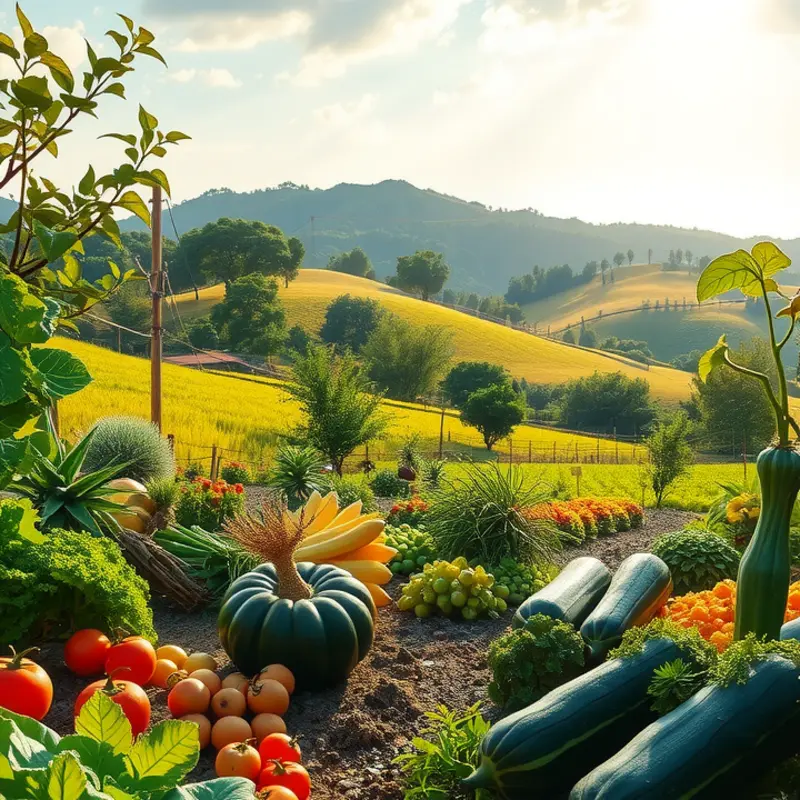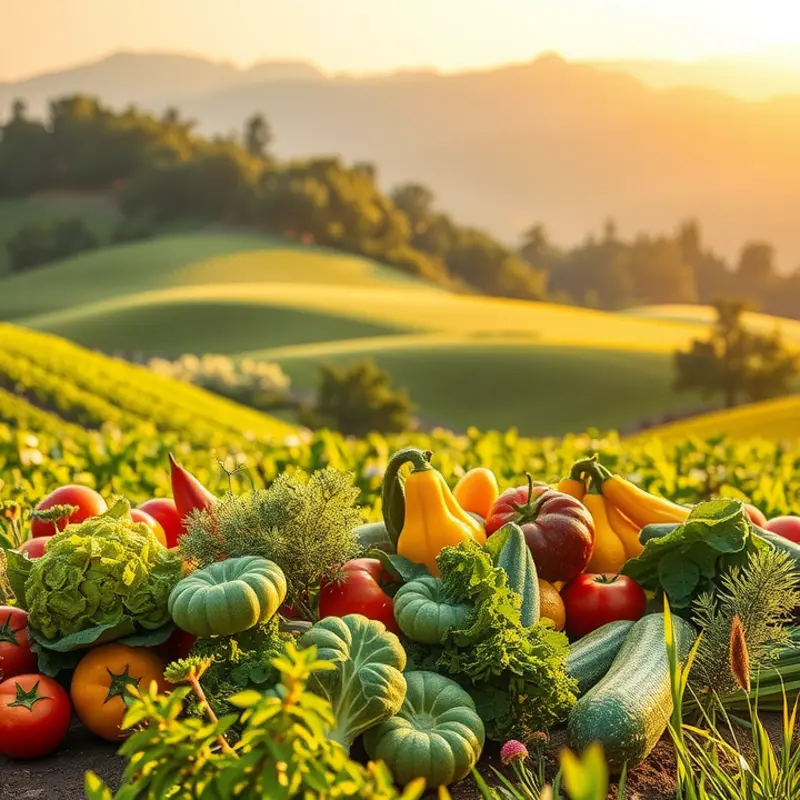Effective food storage is essential for maintaining freshness, safety, and reducing waste in the kitchen. Understanding the differences between fridge and pantry storage helps you manage your ingredients better. This guide offers practical tips on how to store food safely, optimize your pantry, and understand the best practices for refrigerator usage.
Understanding Food Storage Basics

Food storage is more than a routine task; it’s an art informed by science. The key to preserving freshness and minimizing waste starts with understanding which foods belong in the fridge and which fare better in the pantry.
Fridge Storage Basics
Refrigerated environments significantly slow down the growth of bacteria, which makes them ideal for perishable items. Temperatures in fridges should hover around 37°F (3°C) to keep fresh produce, dairy products, and meats at their best. Pay attention to the fridge’s different zones. The bottom shelf, usually the coldest, is ideal for storing raw meat, poultry, and seafood. This not only keeps them fresh longer but also prevents meat juices from dripping onto other foods and causing contamination.
Vegetables require specific conditions to stay crisp and fresh. Most vegetables release moisture, which accelerates spoilage. Refrigerators typically offer crisper drawers that control humidity. Use these for leafy greens and high-moisture vegetables such as cucumbers and peppers. Fruits like apples, berries, and citrus can safely occupy a different drawer, as they tend to require lower humidity.
Surprisingly, not all common kitchen staples should be placed in the fridge. Potatoes and onions, for instance, can become unpleasantly sweet or mushy in cold temperatures due to starches converting to sugars. Eggs are a regular in the fridge, though their placement matters—they should sit in the main body of the fridge rather than the door to maintain a consistent temperature.
Pantry Storage Essentials
Contrary to refrigeration, the pantry is best utilized for items that thrive at room temperature. Dry foods such as pasta, rice, and grains benefit from cool, dark, and dry settings. Shelf-stable goods like canned foods, oils, and some fruits, including bananas and avocados, find their home here. Remember that exposure to light and heat can speed up spoilage and diminish nutritional quality in these foods.
Organizational strategies can make a significant difference in minimizing waste. Rotating your stock, where newer items are placed at the back while older ones move to the front, ensures all products are used in a timely manner. Additionally, clear labeling with purchase dates aids in monitoring expiration timelines.
Science of Spoilage and Maximizing Shelf Life
Food spoilage is a complex interplay of chemical reactions, microbial growth, and enzymatic activity. Understanding how these factors work helps in planning effective storage strategies. For instance, ethylene gas produced by fruits like apples and bananas can quicken ripening, so they should be stored separately from other produce.
For more tips on maintaining a balanced diet while maximizing freshness, don’t forget to explore different dietary options that focus on fresh ingredients, like in this incredibly flavorful Mediterranean Chickpea Salad. By mastering the art of food storage, you protect not only your wallet but also the nutritional value of your meals, ensuring a healthy lifestyle with minimized waste.
Smart Storage Solutions: Tips for Your Fridge and Pantry

Organizing your fridge and pantry requires strategic planning to ensure food stays fresh and accessible while minimizing waste. Let’s dive into practical solutions to boost your efficiency.
The first rule of fridge organization is recognizing the importance of correct temperature settings. Keep the fridge at or below 40°F (approx. 4°C) and the freezer at 0°F (-18°C) to maintain optimal freshness. This helps slow down bacterial growth that spoils food.
When it comes to storing perishable items, follow the principle of ‘first in, first out’ (FIFO). Place newer items at the back and older ones at the front. This encourages you to consume products approaching their expiration dates first, reducing the probability of spoilage.
Consider grouping similar items together. Designate separate zones in your fridge for dairy, meats, and vegetables. Use clear bins or baskets for better visibility and access. Labeling these containers can also save time, especially during meal prep or grocery shopping.
For leafy greens and vegetables, ensure they are dry before storing. Excess moisture can cause them to rot faster. Opt for vented bags or containers to allow proper air circulation. Storing mushrooms in a brown paper bag is an excellent method to prevent them from getting soggy.
Your pantry is all about maximizing space and accessibility. Use vertical space wisely by incorporating stackable containers and adjustable shelves. Consider investing in airtight containers for grains, pasta, and other dry foods to keep pests at bay and to preserve flavor.
Implement an inventory system to replace items as needed. A simple list on your phone or a whiteboard can track what’s on hand and what needs restocking. This helps avoid unnecessary purchases and reduces the risk of forgotten items expiring.
Spices deserve special attention in your pantry. They should be kept away from heat and light to maintain their potency. Use a rotating spice rack or a drawer insert to keep them organized and easily accessible.
Long-lasting ingredients such as canned goods have varying shelf lives. Always check expiration dates and rotate stocks. A strategically placed pantry arrangement can save you from those frustrating moments of discovering an expired item lurking at the back.
Lastly, remain flexible and customize your storage systems over time. As your cooking habits evolve, so should your storage strategies. Perhaps integrating easy meal prep using recipes that suit your lifestyle could also streamline your pantry and fridge needs.
By implementing these smart storage solutions, you’re not only ensuring food freshness but also contributing to a sustainable kitchen. With efficient organization, your fridge and pantry become productive spaces tailored to your cooking and eating habits.
Final words
Ultimately, mastering fridge and pantry storage can significantly enhance your food management at home. By understanding which foods to place where and following best practices for organization, you can keep your ingredients fresh, reduce waste, and improve your culinary experiences. Remember to regularly check your inventory, adjust storage according to food types, and educate yourself about the optimal conditions for your food items.







